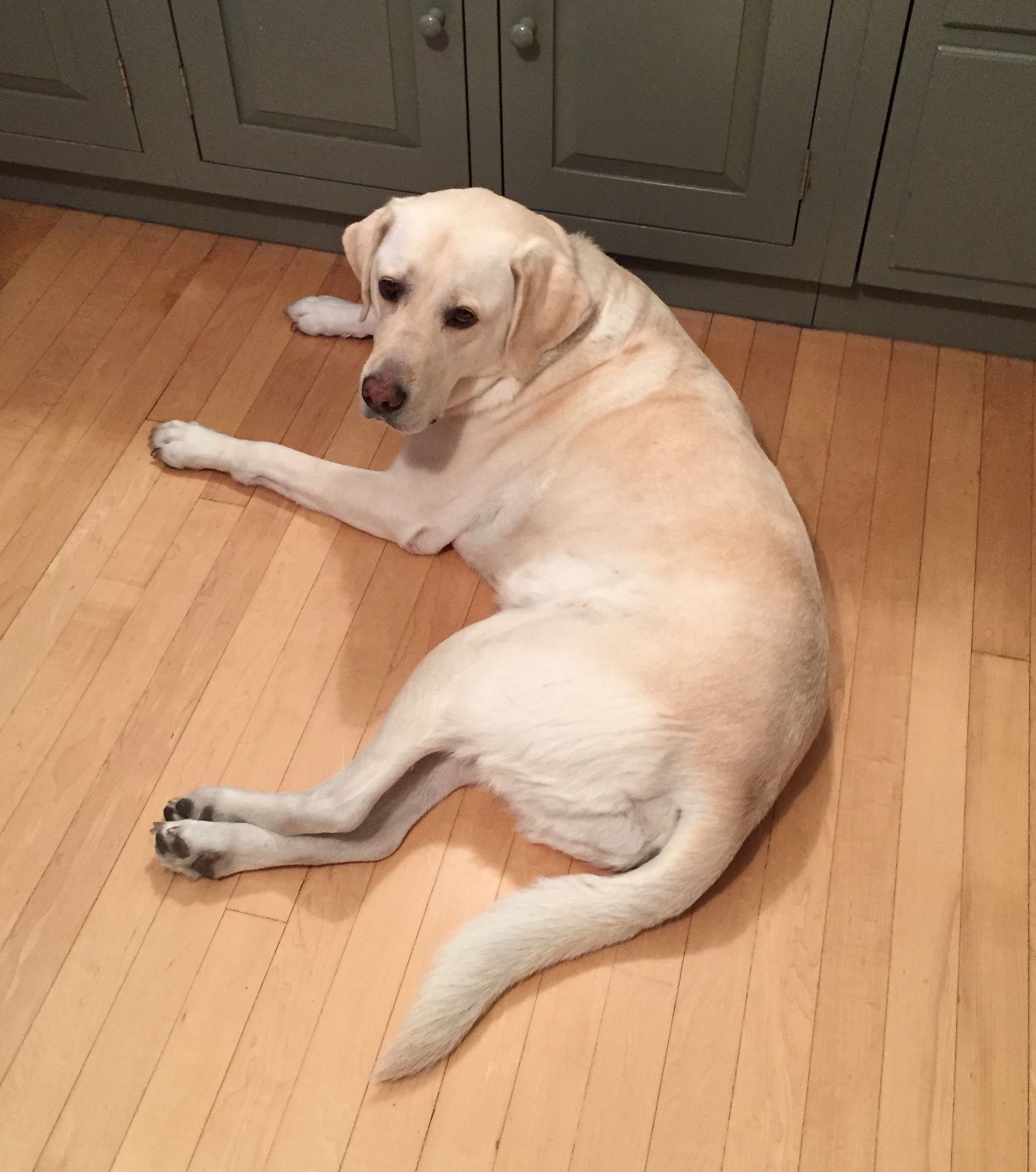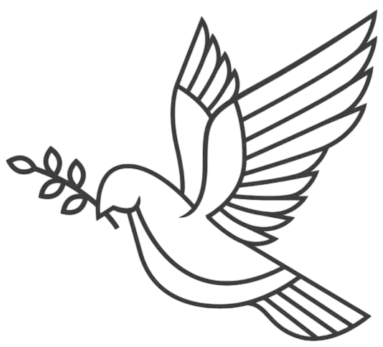
Invest in rural Utah to help with public land disagreements
Originally published in the Deseret News.
I revere the people of rural Utah. Eighteen years of public service in the Utah governor’s office afforded me many opportunities to travel to rural communities, meet the hardworking people, and appreciate the important economic and cultural contributions they make to the Beehive State.
I also love outdoor recreation. I’ve backpacked in the canyons of the Escalante, camped in the San Rafael Swell, and experienced the whitewater in Cataract Canyon. I view a large portion of the Colorado Plateau as sacred land that needs protection.
I share this background because the rancor between Utah’s outdoor products industry and many of Utah’s elected leaders troubles me. Amid the talk of boycotts and lawsuits, I think an important element is missing from the conversation. In addition to preservation of Utah’s precious wild lands, we need to talk about the economic reality facing rural Utah.
Right now we have two Utahs: urban and rural. Urban Utah attracts all sorts of economic accolades — fastest growing population in the nation, “Wall Street of the West,” “Silicon Slopes,” and “Best State for Business.” Urban Utah just entered its eighth year of economic expansion and generally looks at rural Utah as a place of refuge, solace and play.
In contrast, many areas of rural Utah are in decline. Eight rural Utah counties experienced net out-migration from 2015 to 2016. The population in six of these counties declined over the same period. The most recent state jobs’ report shows the economies in 10 Utah counties contracting, all of them in rural Utah.
Perhaps most telling is what is happening to the median age. In 1960, the state median age was almost identical to that of Piute, Kane, Garfield, Daggett and Wayne counties. Today, the median age in these counties is at least 10 years older than the state average. The generative nature of these counties is under threat as young people leave and don’t come back.
So, while Utah has amazing landscapes that need protection, we also have many Utahns in rural Utah facing significant economic insecurity. I would like to see the outdoor products industry and elected leaders come together to address this challenge. In doing so, I think both groups would find common ground and make progress on the things they hold dear.
To his credit, Gov. Gary Herbert announced in this year’s State of the State Address a goal to create 25,000 new jobs over the next four years in counties off the Wasatch Front. But how, and can, the outdoor products industry help?
I think the first thing our state needs is more respect, dialogue and understanding between disputing parties. With less finger-pointing and more thoughtful conversations, our elected leaders and the outdoor products industry can identify points of progress.
I’d like to see more investment in rural Utah economies. A good place to start is more public investment in tourism infrastructure such as roads, trails, campgrounds, gateway communities to national parks and other needs. Tourism is one of Utah’s largest industries, and like any asset, investment is key.
Another intriguing possibility is investment in an inland port in Salt Lake City that would serve as a valuable urban-rural connecting point. Working with the state, the outdoor products industry could explore ways to manufacture more of their products in rural Utah and benefit from convenient and quick access to the global supply chain.
More investment in research and development at our public universities may also help. Engineers at the University of Utah, for instance, are investigating cost-effective, carbon-friendly methods of turning coal into carbon-fiber composite materials to be used in automobiles, aircraft and even skis. The outdoor products industry could be a valuable partner.
These are just a few ideas, and with dialogue we can find more. Utah faces an unfortunate economic division between urban and rural. The public land debate intensifies this separation and causes unhealthy disagreements between Utah’s amazing outdoor products industry and elected leaders. There are ways to find common ground. A good place to start is economic development in rural Utah.

